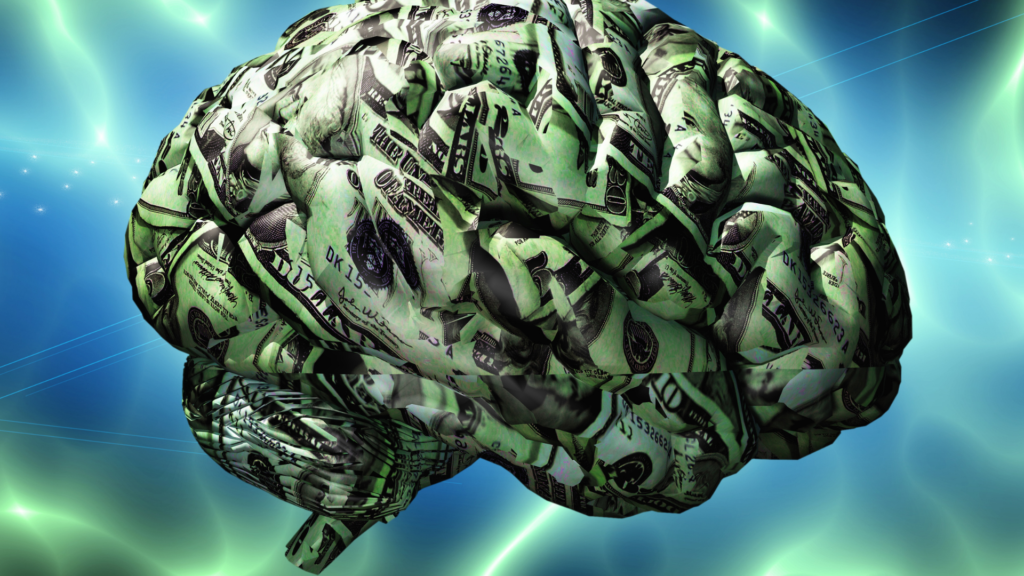
Introduction
“The brain is wider than the sky.” — Emily Dickinson
Have you ever marveled at how effortlessly you navigate a crowded room or catch a ball mid-air? These everyday feats are powered by a fascinating mental skill called spatial awareness. It’s the brain’s way of understanding where objects, people, and your own body exist in relation to the surrounding environment.
In this article, we’ll dive deep into the concept of spatial awareness, exploring its importance, how it develops, and practical ways to enhance it. Whether you’re an athlete aiming to improve performance or a parent nurturing your child’s growth, you’ll gain valuable insights into the mind’s navigation system.
What Is Spatial Awareness?
Spatial awareness is the ability to perceive and understand your position in space and how objects relate to one another. This crucial cognitive skill enables us to:
- Navigate through physical environments.
- Judge distances and sizes.
- Coordinate body movements.
How Spatial Awareness Works
- Visual Input: Identifying objects and their positions.
- Proprioception: Sensing the position of your body parts.
- Vestibular System: Maintaining balance and orientation.
These systems work together to create a seamless understanding of the world, allowing us to perform complex tasks like driving or playing sports.
Why Is Spatial Awareness Important?
1. Enhances Motor Skills
Activities like walking, running, or even typing rely on precise spatial awareness. Poor spatial skills can lead to clumsiness or difficulty in movement.
2. Boosts Cognitive Abilities
Spatial reasoning supports problem-solving, creativity, and critical thinking. Research has shown that children with strong spatial skills excel in STEM (science, technology, engineering, and mathematics) fields.
3. Improves Safety
From avoiding obstacles while walking to driving safely, spatial awareness helps us navigate environments without accidents.
Common Challenges in Spatial Awareness
Despite its importance, spatial awareness can be underdeveloped or impaired due to various factors.
Causes of Poor Spatial Awareness
- Developmental Disorders: Conditions like ADHD or autism can affect spatial skills.
- Aging: Older adults may experience a decline in spatial awareness due to changes in brain function.
- Injuries: Trauma to the brain, such as a concussion, can disrupt spatial processing.
Signs of Spatial Awareness Issues
- Frequent tripping or bumping into objects.
- Difficulty judging distances or depths.
- Trouble navigating new environments.
How to Improve
1. Practice Mindful Movement
Engage in activities like yoga or tai chi, which emphasize body awareness and balance. These practices enhance proprioception and coordination.
2. Play Spatially Engaging Games
Games like Tetris, chess, or puzzles stimulate spatial reasoning and visual processing.
3. Incorporate Physical Activities
Sports such as basketball, soccer, or dance challenge your ability to judge distances and coordinate movements.
4. Use Technology and Tools
Virtual reality (VR) games and apps designed for cognitive training can help improve spatial awareness in an interactive way.
5. Try Visualization Exercises
Close your eyes and visualize yourself navigating through familiar or imaginary spaces. This mental rehearsal strengthens spatial cognition.
Real-Life Applications of Spatial Awareness
1. In Education
Spatial awareness plays a critical role in learning. For instance, children develop early math and geometry skills through activities like building blocks or drawing.
2. In Professions
- Architects use spatial awareness to design structures.
- Surgeons rely on precise spatial skills for delicate procedures.
- Pilots depend on spatial reasoning to navigate aircraft.
3. In Everyday Life
From parallel parking to arranging furniture, spatial awareness makes routine tasks easier and more efficient.
Wikipedia https://en.wikipedia.org/wiki/Spatial_contextual_awareness
Conclusion
Spatial awareness is a remarkable cognitive ability that shapes how we interact with the world. By understanding its importance and adopting practices to enhance it, we can improve not only our physical skills but also our mental acuity.
Key Takeaways:
- Spatial awareness combines visual, proprioceptive, and vestibular inputs.
- It’s essential for motor skills, safety, and cognitive development.
- Simple activities like mindful movement, games, and visualization can boost spatial skills.
Ready to sharpen your spatial awareness?
Start today with a simple exercise, like navigating a new route or solving a puzzle. Share your experiences or tips in the comments below and inspire others to unlock their mind’s full potential!
1. What is spatial awareness, and why is it important?
Spatial awareness is the ability to understand your position in space and how objects relate to one another. It’s essential for navigation, coordination, and performing daily tasks like driving, walking, or playing sports.
2. What factors can affect spatial awareness?
Spatial awareness can be influenced by developmental disorders (e.g., ADHD, autism), aging, brain injuries, or lack of practice. These factors may cause difficulties in judging distances, depth, or navigating environments.
3. Can spatial awareness be improved?
Yes, spatial awareness can be enhanced through activities like yoga, puzzles, sports, and visualization exercises. Technology such as VR training apps can also improve spatial skills effectively.
4. How does spatial awareness impact children’s development?
Spatial awareness helps children develop critical skills like hand-eye coordination, problem-solving, and early math abilities. Activities like building blocks, drawing, and playing spatially engaging games foster these skills.
5. What professions require strong spatial awareness?
Professions like architecture, surgery, aviation, and engineering rely heavily on spatial awareness for designing, operating, and navigating environments effectively. Athletes and dancers also benefit from enhanced spatial skills.